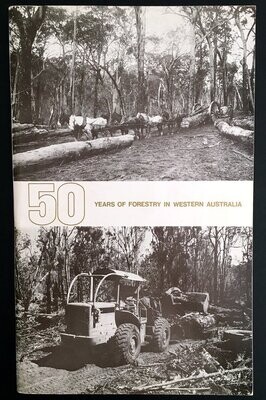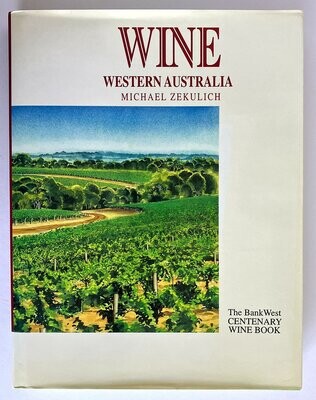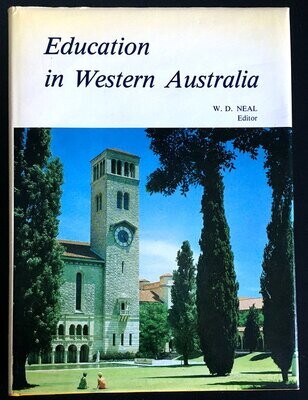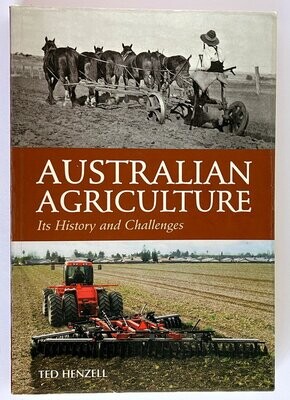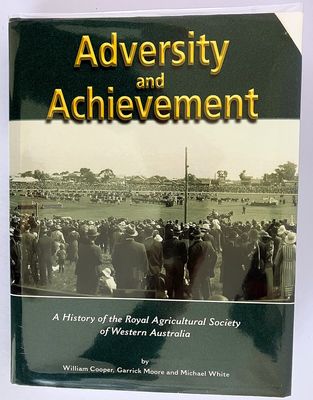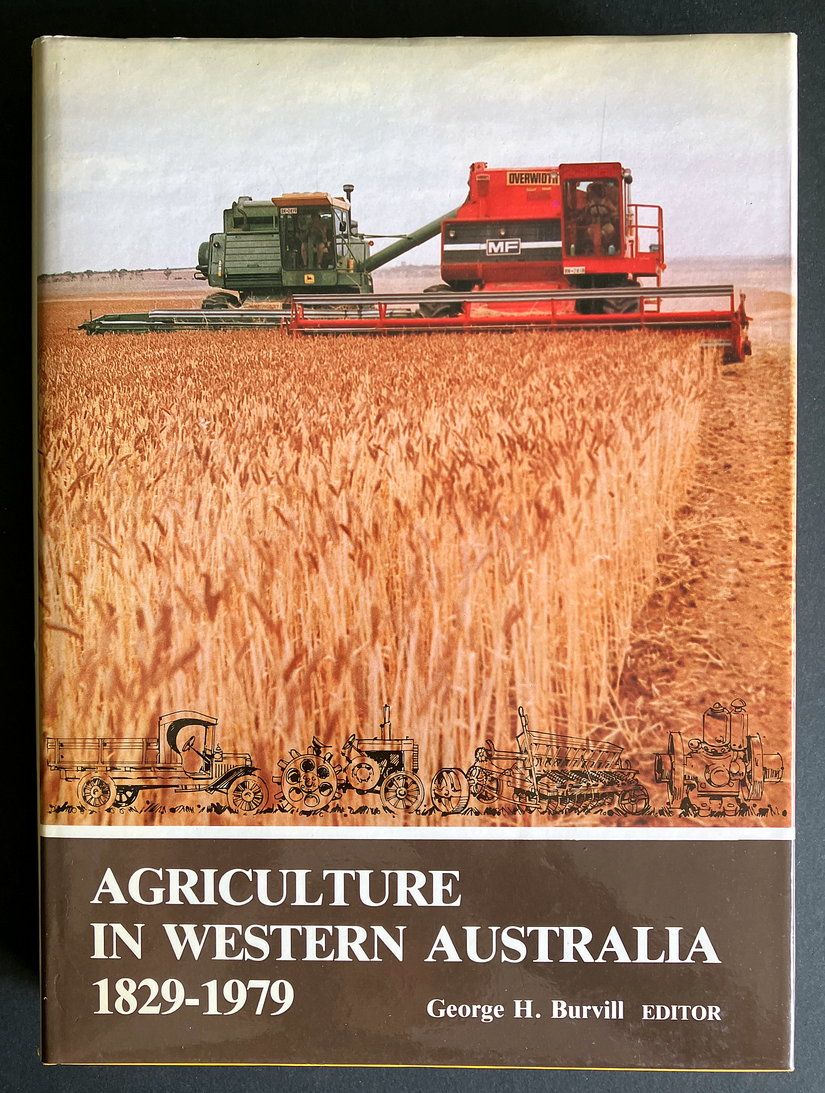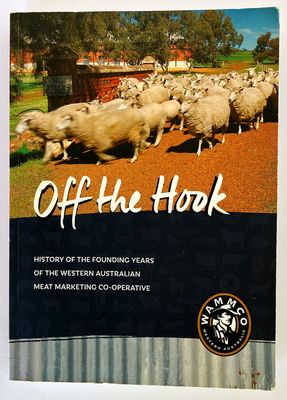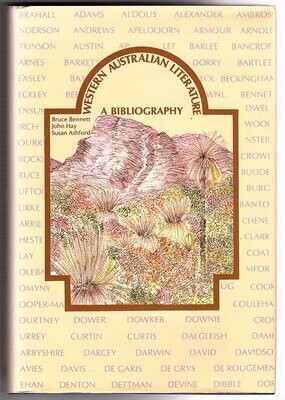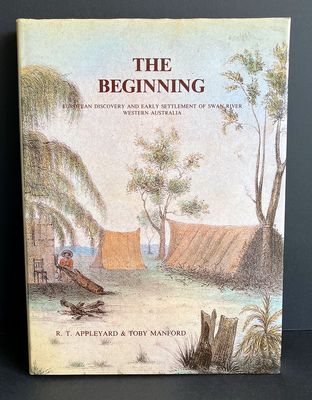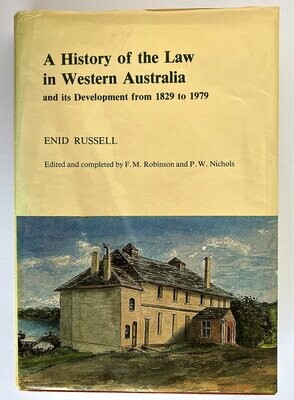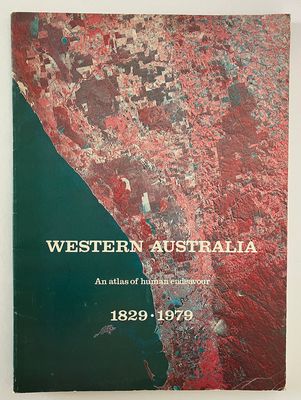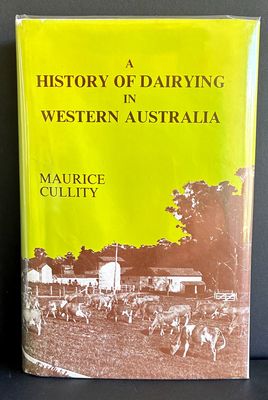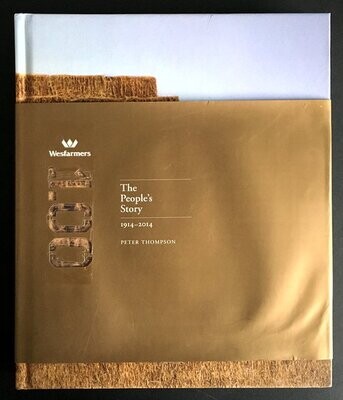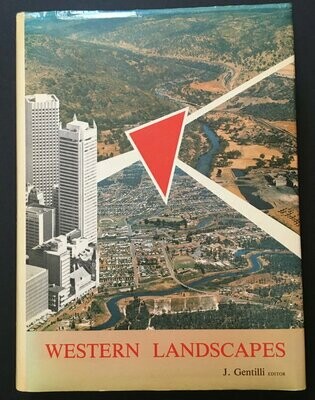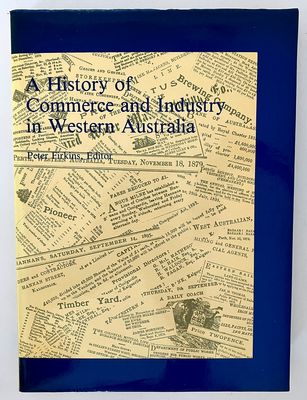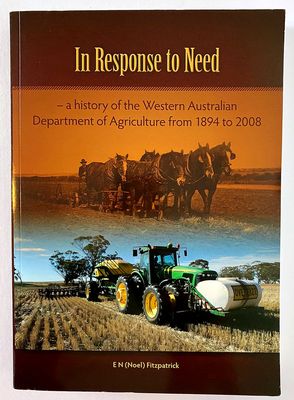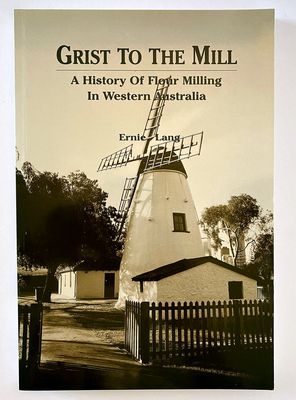Agriculture in Western Australia: 150 Years of Development and Achievement 1829-1979 (Sesquicentenary Celebrations Series) edited by G H Burvill
Book Description
Secondhand. Very good condition. Minor wear to book corners and edges. Very light foxing to foredges. Small mark on front blank endpage, now covered with blank ex libris bookplate sticker. Dust jacket has light creasing at edges and spine. Interior and binding are still excellent.
Western Australia made very slow progress from 1829 until the gold rush of the 1890s. Isolation, infertile soils, a lack of portable water, and poisonous but palatable indigenous plants all made farming and pastoral pursuits very difficult. Sheep and cattle multiplied, however, and from 1963, the natural grazing lands of the North West were utilised in vast holdings.
When the 1890s brought the gold seekers, much human food and animal feed was imported. Sir John Forrest encouraged farming through free homestead farms and government loans to settlers. The Bureau of Agriculture provided technical advice from 1894.
Superphosphates were introduced in the 1890s. They improved soil fertility substantially, especially on the coastal sand plains and ironstone gravel soils of the forest country of the Southwest.
The 20th Century witnessed tremendous progress, especially in the state's winter rainfall areas of the South West. The determination of farmers combined with scientific and technical expertise combined to solve many unique plant and animal problems. Wheat and wool became the major products, with Western Australia contributing to the country's production. (back book flap)
